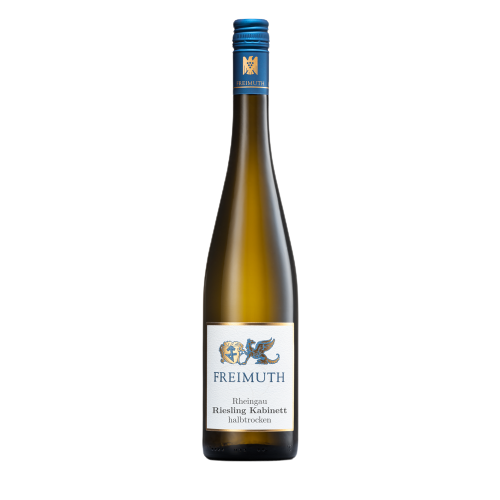Dorli Muhr rykker helt vildt i øjeblikket. Hun har fundet personligheden i det ekstremt tørre Spitzerberg ved landsbyen Prellenkirschen, hvor det konstant blæser gennem en bred landskabsåbning mellem Leithaberg-bakkekammen og de sydlige udløbere af Karpaterne mod nord. Jeg kan ikke lade være med at lægge Dorli Muhrs personlighed i vinene. Hun er simpelthen det rareste og mest følsomme, indsigtsfulde væsen. Fodtrampning af helklaser, meget lidt ny eg og præcisionsplukning giver sart sure kirsebær, udtalt bitter tranebær, mens smagen er løftet syrerig, antyder bitter, mundvandsdrivende og først og fremmest burgundisk elegant og sofistikeret. Dorli Muhrs blaufränkisch-stil er unik i Østrig i øjeblikket. Gastro Magasin, René Langdahl. 95 point.
Site & soil
Obere Roterd is a three hectars sub-vineyard of Spitzerberg, situated in the western part of the slope. It stretches from 210 to 240 meter of height, and touches bush zone of the nature reserve. The soil is composed of sandy, very dry limestone and includes every now and then some large compact limestone pieces. The wines from Obere Roterd are always marked by elegant freshness and dense structure, but they also show a charming creaminess which is – between all other parts of Spitzerberg- an expression unique for Obere Roterd. We cultivate five Blaufränkisch-vineyards on Obere Roterd, with a total of 1,3 hectars (another vineyard of 0,4 hectar is planted with Syrah). The vines were planted between 1965 and 2004, which explains the wonderful vertical complexity of this wine. The difference in taste between Obere Roterd and the just below situated Untere Roterd is striking. The lower vineyards have – due to erosion over decades – much more loamy soil, which give the wines a more fruity character and an earlier approach. The wines from Untere Roterd are used for our village wine Samt&Seide.
Harvest & vinification
The grapes are picked by hand. At least two of the five vineyards are kept as whole bunches and get foot trodden. The other grapes are softly destemmed and mazerate in open containers with wild ferments. Fermentation and extraction take about two weeks. We don’t use any pumps, no heating and no chilling. The only instrument we use is a bucket: to take some juice from the bottom of the container und to pour it on top of the hat to keep it humid. The extraction, hence, is very soft and very slow. After pressing, the wine stays for aprox. 20 months in large old casks, before it is bottled without any filtration. Production is 2.000 bottles.
“This ravishingly beautiful wine shows how, given the right terroir and winemaking, can give wines that match enormous concentration with as much finesse. So deeply structured on the medium-bodied palate, but so graceful at the finish."
James Suckling, 96 Points (årg. 2020)
Land: Østrig
Region: Carnuntum
Appellation: Spitzerberg
Druesort: 100% Blaufränkisch
Alkohol: 13%
Vintype: Rødvin
Indhold: 75 cl.
Spitzerberg
One can perhaps picture the Spitzerberg as a reef, with the primeval ocean breaking upon its rocks for millions of years. Because of this, the Spitzerberg is covered with a thick layer of limestone, which comes from the ‘middle ages’ of geology. The sandy ground retains little in the way of water, and the mount – some 300 meters in elevation – always lies open to strong winds and high temperatures; there is no mistaking the expressive nature of grapes grown on the Spitzerberg. The extreme conditions yield marvelously aromatic wines with complexity and depth, finely woven filigreed texture and a refreshing framework of acidity.

The Spitzerberg is an approximately 5km-long & 300-metre-high limestone bar in easternmost Carnuntum. It is situated, extremely exposed to the wind, between the Alps (Leitha Range) and the Carpathians (Hainburg Hills). Thanks to the constantly breaking surf of the primeval sea that once covered the area, a thick layer of limestone was deposited on the hillside, which eroded over time to the size of grains of sand. Rainfall on the Spitzerberg amounts to only about 400mm per year, and the summer temperatures often reach 35–40°C. The sandy limestone soil can only store precious little water. This leads to very low yields at harvest, a maximum of 3000kg of grapes per hectare.




























